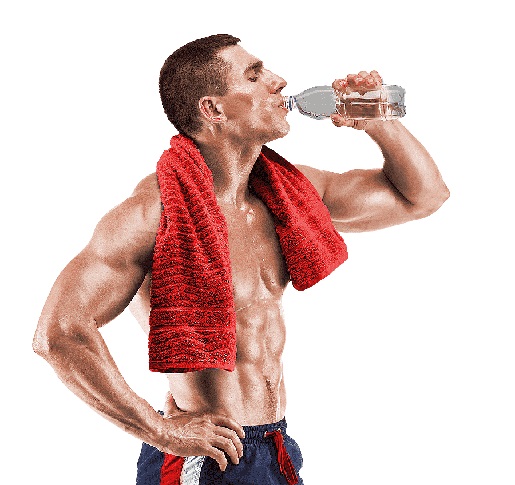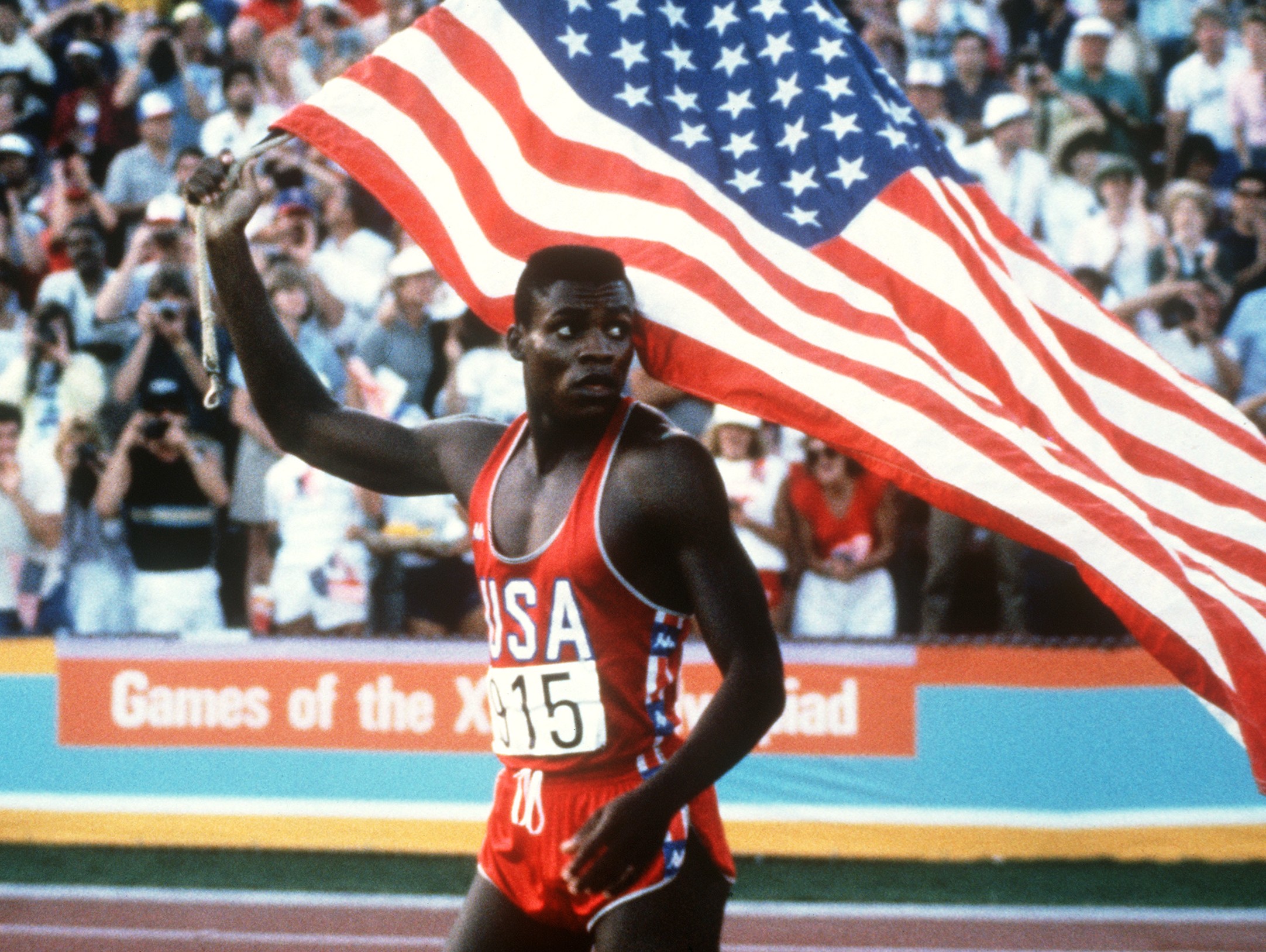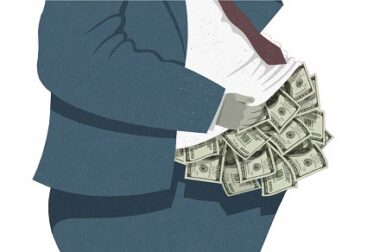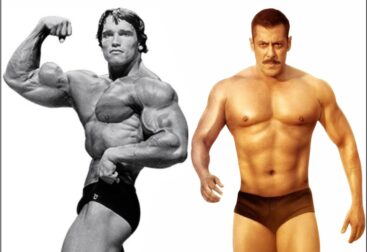The heat can be a major drawback for people looking to work out in the summer. When it comes to sweating it out in the summer heat, common missteps can eventually lead to dangerous health risks. If you’re not careful, you can end up suffering from a heat-related health condition such as a heat stroke, heat exhaustion or extreme dehydration, all of which can greatly derail you from your fitness goals. Summer heat and humidity can certainly put a strain on your exercise plans. While you may have the option to move your workout plans indoors into an air-conditioned space, that’s not the only way to stay cool during warm-weather workouts. With some planning and precautions, many people can still exercise outdoors safely on hot summer days.
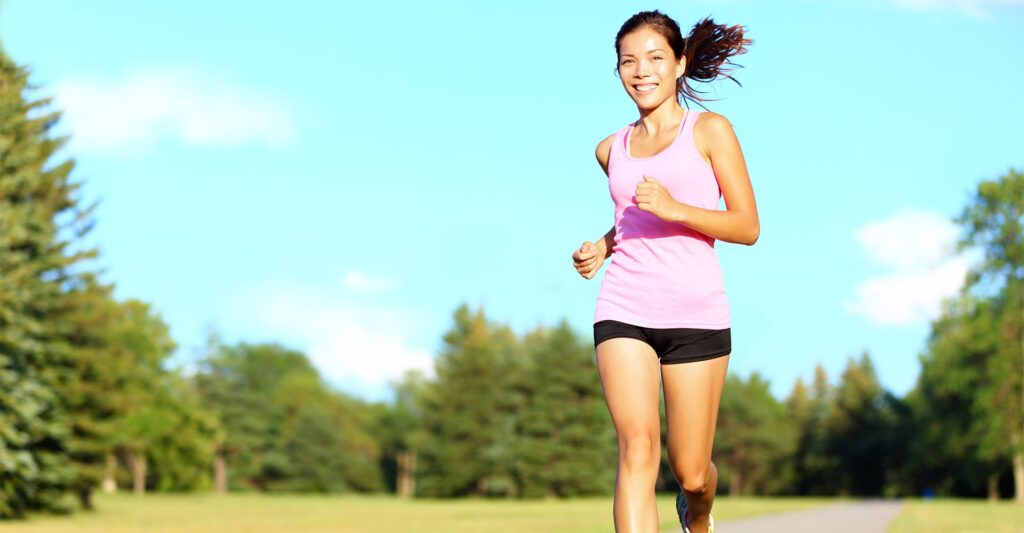
Start by understanding how heat (heat around you and produced by you) affects your body.
Anytime we exercise, our bodies produce heat. To avoid overheating, the body expels some of that heat into the air by producing sweat. Evaporation cools the surface of the skin when sweat changes from liquid to vapor. So, when the temperature of the air around you is hotter or when your body is producing more heat through exercise — or both — you sweat more. Exercising in hot weather puts extra stress on your body. If you don’t take care when exercising in the heat, you risk serious illness. Both the exercise itself and the air temperature and humidity can increase your core body temperature. To help cool itself, your body sends more blood to circulate through your skin. This leaves less blood for your muscles, which in turn increases your heart rate. If the humidity also is high, your body faces added stress because sweat doesn’t readily evaporate from your skin. That pushes your body temperature even higher. The result may be a heat-related illness like heat cramps, heat exhaustion, heatstroke heat syncope and exercise-associated collapse.
You may develop confusion, irritability, headache, heart rhythm problems, low blood pressure, increased heart rate, excessive sweating, dizziness, fainting, nausea, vomiting, visual problems and fatigue. You need immediate medical attention to prevent brain damage, organ failure or even death. If you develop any of these symptoms, you must lower your body temperature and get hydrated right away. Stop exercising immediately and get out of the heat. If possible, have someone stay with you who can help monitor your condition.
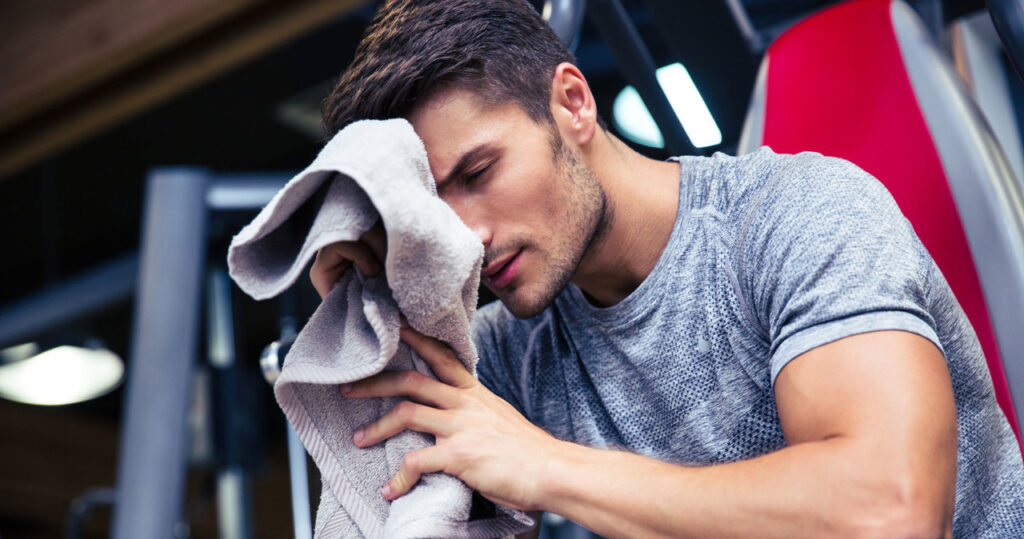
Here are some tips to help you to safely work out on even the hottest of summer days.
- Let your body acclimate to the heat. No matter your fitness level, everybody needs time to acclimate to the heat. Failure to do so is actually a risk factor for heat-related illness. If you’re unfit or new to exercise, be extra cautious when working out in the heat. Your body may have a lower tolerance to the heat. Heat acclimation lets the body get used to operating in higher temperatures and helps prevent the system from being shocked when training. If you take this step, you’ll be able to exercise at a higher level for a longer time while maintaining a lower body temperature when the heat is up. To do it start with shorter workouts and gradually increase the duration and intensity over a period of 10 to 14 days. Until you’re acclimated, hold off on intense or long workouts in the heat. After each acclimatization session, head for the showers, but dial up the heat. Standing under a warm shower spray or soaking in a hot bathtub for 10 minutes or so after a sweltering workout prompts our bodies to continue acclimatizing. It extends the stimuli for heat adaptation and is therefore welcome and beneficial.
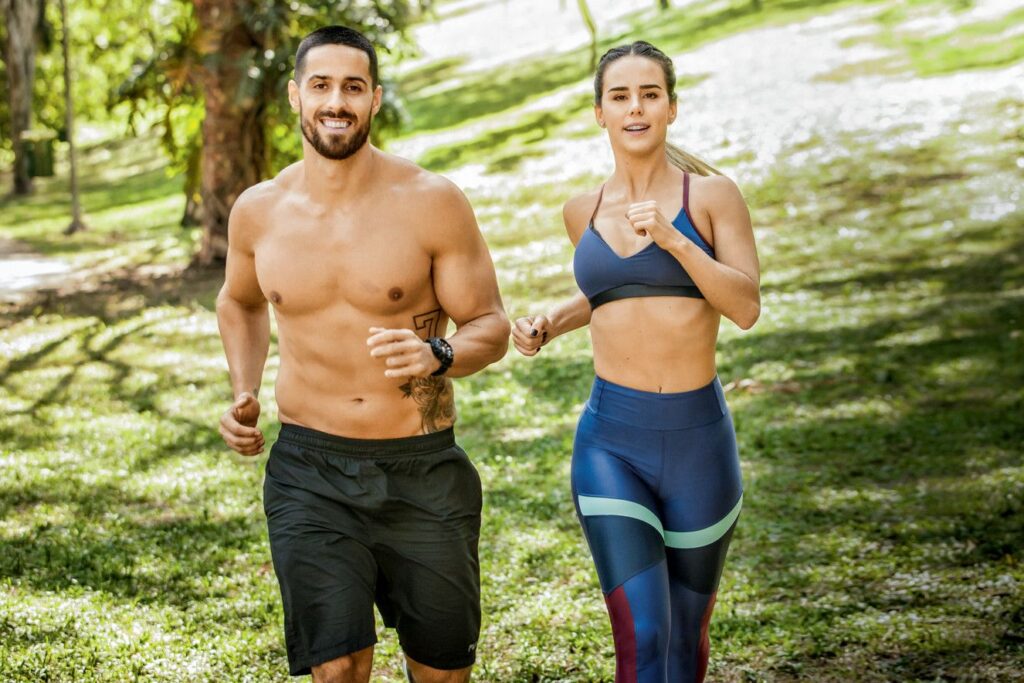
- Avoid working out during peak hours. Very hot and humid weather hampers perspiration’s ability to cool your body. Try exercising in the morning or evening to avoid the most intense heat as well as the times when smog and pollution levels are highest. Or consider exercising indoors at the local health club.
- Rehydrate your body. While exercising in hot weather you can easily lose up to a quart of water an hour. Drink water before, during and after exercising. Since your body can only absorb 8 ounces (about 250 ml) of cold water every 20 minutes, continue to drink fluids even after you no longer feel thirsty. Our bodies can misread being hydrated for being hungry, leading to over consumption and weight gain. But avoid overhydration, drinking too much water can lead to hyponatremia (low blood sodium). A good rule of thumb is to drink about 100-150ml every 20 minutes or so. Too much intake can make you feel sick, especially for high-endurance and intense activities, so small regular sips are best. Sports drinks may be popular among intense exercisers, but they are not necessary and may actually absorb more slowly than plain water. If you prefer the taste of these drinks, try diluting them with water before consumption for easier rehydration. You can also increase your body’s hydration level by eating water-rich foods like cucumbers and watermelon throughout the day.
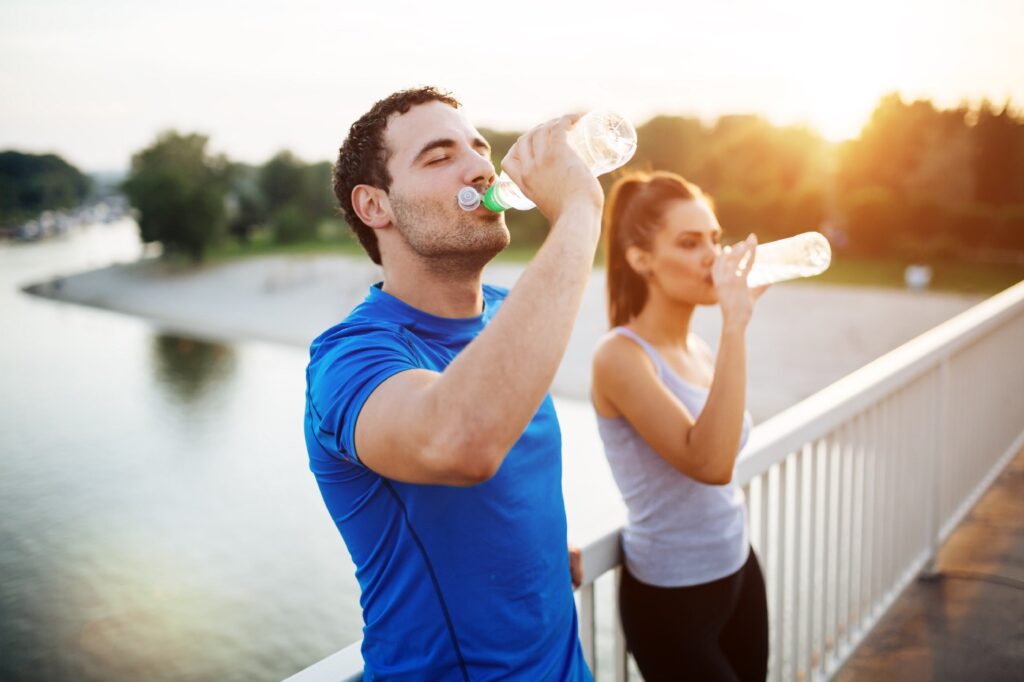
- Replenish your electrolyte and salt intake. Electrolytes are essential minerals that your body needs to stay hydrated before, during, and after exercise. But they do more than that. Electrolytes also support our body’s vital functions, such as muscle contraction (including the heart), blood pressure, nerve signaling, and much more.They help your body retain fluid during heavy exercise when you’re sweating, so they can also keep joints lubricated and maintain your energy, avoiding dehydration related fatigue. The vital minerals to focus on include magnesium, calcium, sodium, and potassium. They will help your muscles contract and relax (and avoid cramping), maintain body temperature, and help with any mineral deficiencies (magnesium deficiency is common). They’ll also keep your energy up, and mental clarity heightened. So when you choose an electrolyte drink, concentrate on those four minerals. But before you reach for a sugary, electrolyte-rich sip like Gatorade, think twice. Hydration is key, but you don’t need a heavy electrolyte beverage during your workout. Read the label to determine which sports drink that is best for you. Ideally, it will provide around 14 grams of carbohydrates, 28 mg of potassium, and 100 mg of sodium per 8-ounce serving. The drink’s carbohydrates should come from glucose, sucrose, and/or fructose — all of which are easily and quickly absorbed. It shouldn’t be carbonated, as the bubbles can lead to an upset stomach.
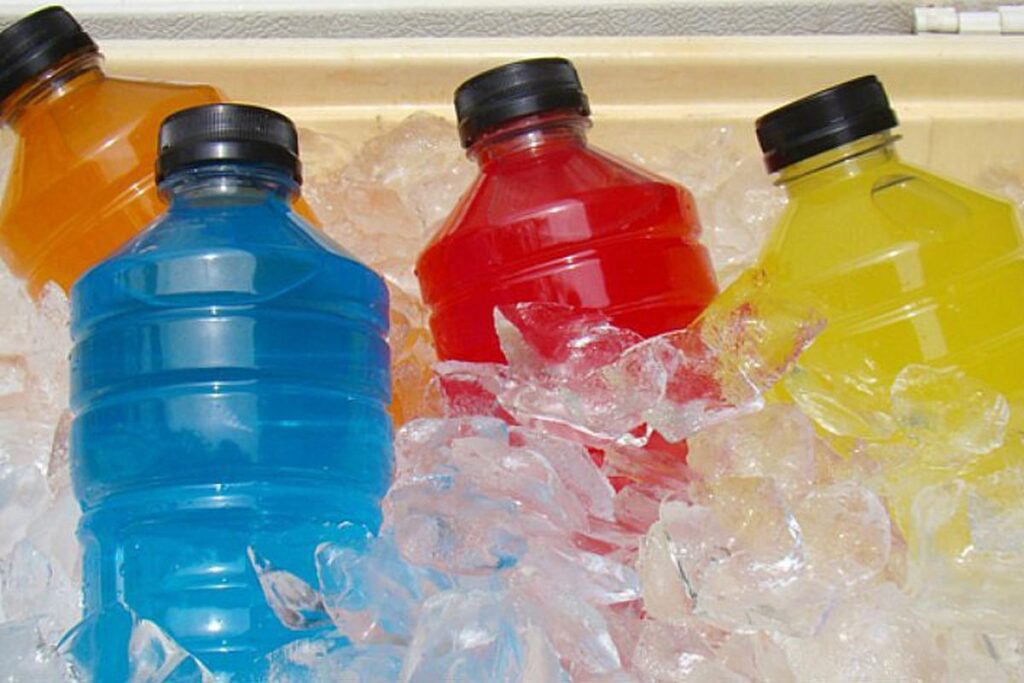
Wear light, breathable clothing. Warm weather workouts make your core temperature rise faster than usual, putting extra stress on the body. Wear less clothing, and you’ll have less of a barrier for sweat evaporation. Stick to light colors, but be aware that a regular white t-shirt does not provide much protection. Cotton is a light-weight and affordable material that can help you to stay dry. If you’re willing to splurge a bit more, opt for sweat-wicking synthetic shirts that are lightweight that wick away sweat. Also wear a cap with a brim and sunglasses to keep your head and eyes protected.
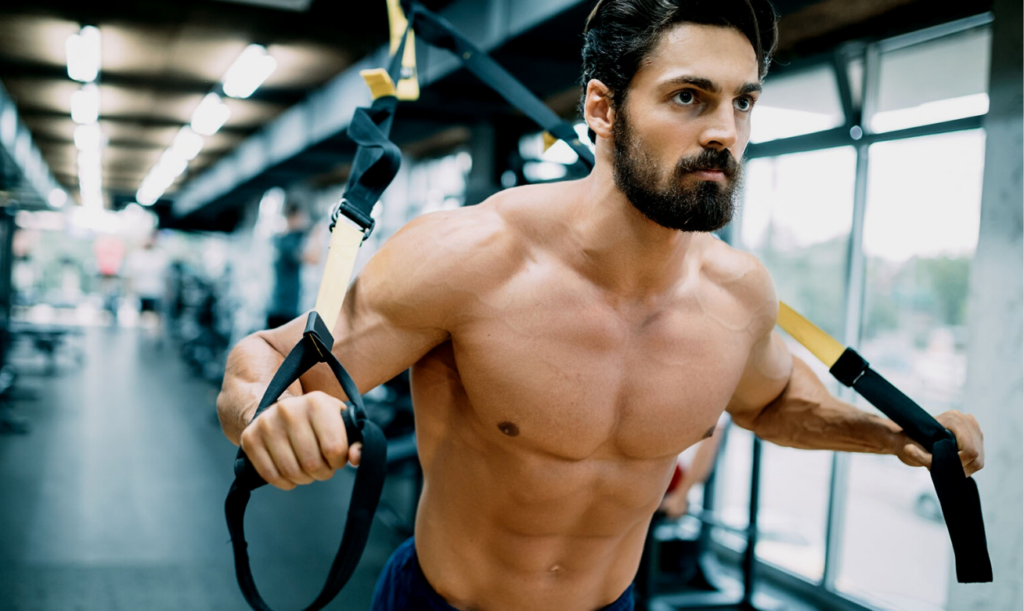
Don’t push yourself too hard. Spending hour after hour working out in the sun is never the best idea. That’s why high intensity interval training (HIIT) can be your savior from May through September. In these quick-burst workouts, you can achieve maximum burn in a shorter amount of time—plus avoid too much sun exposure—by working out even as you recover from heart-racing anaerobic intervals. The non-stop approach keeps your metabolism stoked long after you’re done, burning calories for up to 48 hours post exercise. If the summer heat proves to be too much of a challenge for your standard high-intensity workout, break it up into multiple smaller workouts throughout the day. This will allow your body time to rest and refuel without jeopardizing your fitness and workout goals. Listen to your body and if you begin to feel dizzy, nauseous, or tired, give yourself a break. Taking some time off for rest is better than overdoing your workout and getting sick or injured and having to stop working out altogether. There’s nothing wrong with working out indoors at your local gym or even in your home if you have equipment. On days when there is an excessive heat warning, this can be your best decision to stay cool and avoid a heat-related injury while still getting in your workout.
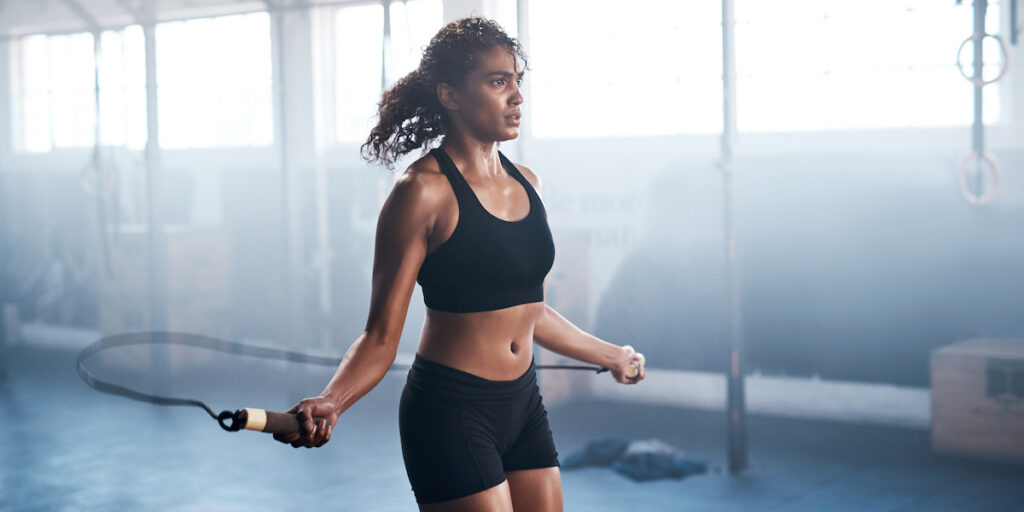
- Don’t forget the sunscreen. Nothing is worse than trying to complete a summer workout with a bad sun burn that makes it hard to move. Stop the burn before it occurs by slathering on the sunscreen. Opt for s sunscreen with an SPF of at least 50 and one that is water-proof so that it doesn’t come off once you start sweating.
- Understand your medical risks. Certain medical conditions or medications can increase your risk of a heat-related illness. If you plan to exercise in the heat, talk to your doctor about precautions.

Dr Saranjeet Singh
Fitness & Sports Medicine Specialist
Lucknow (UP), INDIA

